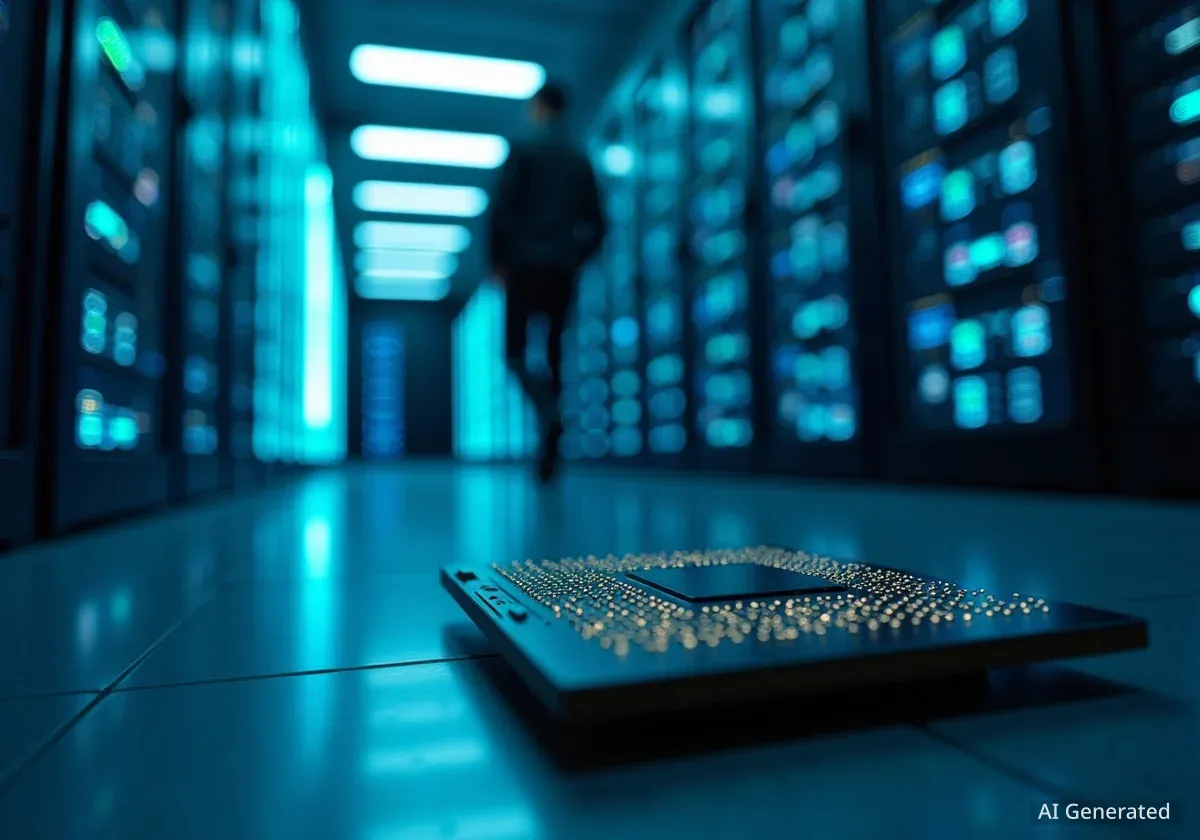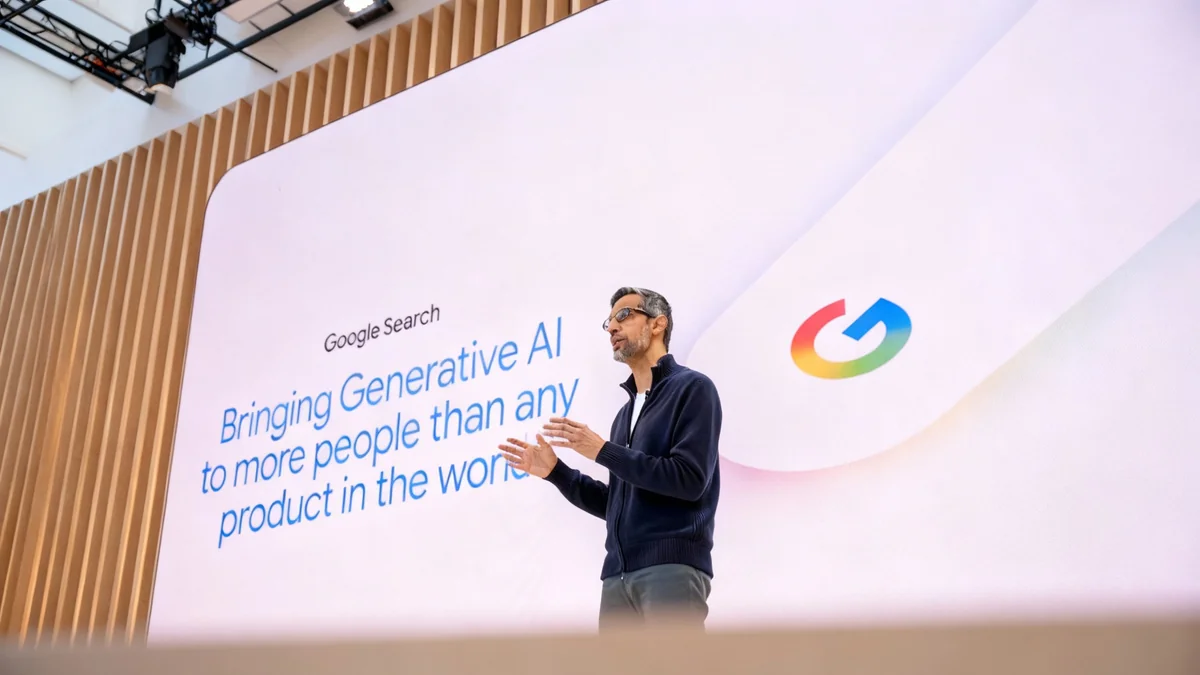The ambitious project by OpenAI and former Apple designer Jony Ive to create a revolutionary screen-less AI device is encountering significant technical and conceptual challenges. According to a report from the Financial Times, unresolved issues related to the device's core functionality, user privacy, and necessary computing power could delay its originally anticipated 2026 launch.
Key Takeaways
- OpenAI and Jony Ive's team are developing a palm-sized, screen-less AI device designed to interact with the environment through audio and visual cues.
- The project is facing major obstacles, including defining the device's personality, ensuring user privacy, and building the required computing infrastructure.
- A key challenge is the "always on" feature, where developers are struggling to make the AI interact appropriately without constant verbal prompts.
- These development hurdles may push back the device's launch, which was previously reported to be scheduled for 2026.
The Vision for a New AI Device
The collaboration between OpenAI and Jony Ive aims to redefine personal computing by moving beyond the screen-centric model that has dominated technology for decades. The goal is to create a small, palm-sized device that does not have a traditional display. Instead, it would rely on advanced AI to perceive the world around it.
This device is envisioned to use microphones and cameras to take in audio and visual information from its physical environment. Users would interact with it through voice commands, and the AI would respond based on its understanding of the user's context and requests. This approach seeks to create a more natural and seamless way of interacting with technology.
The project follows OpenAI's acquisition of Ive's startup, io, in May. The deal, valued at an estimated $6.5 billion, brought the celebrated designer and his team into OpenAI's fold to spearhead this new hardware initiative.
Jony Ive's Design Legacy
Sir Jony Ive is one of the most influential industrial designers of his generation. During his tenure at Apple, he was the principal designer behind iconic products like the iMac, iPod, iPhone, and iPad. His design philosophy emphasizes minimalism, simplicity, and an intuitive user experience, principles that are expected to heavily influence this new AI hardware project.
High Expectations and a Strategic Acquisition
The partnership between OpenAI CEO Sam Altman and Jony Ive was announced with high ambitions. At the time of the acquisition, Altman stated that Ive and his team would help OpenAI “create a new generation of AI-powered computers.” This statement signaled a clear intention to move beyond software and establish a foothold in the hardware market.
"We believe that the future of computing is not just about software, but about the seamless integration of hardware and AI," a sentiment often echoed by industry leaders exploring post-smartphone devices.
The acquisition of io was a significant strategic move for OpenAI. It provides the AI research company with world-class hardware design expertise, which is crucial for building a consumer product that is not only functional but also desirable and easy to use. Bloomberg had previously reported that the first devices from this partnership were targeting a 2026 release date.
A Multi-Billion Dollar Bet
OpenAI's acquisition of the startup io was valued at approximately $6.5 billion, highlighting the immense financial commitment and strategic importance the company places on developing its own AI-native hardware.
Significant Technical and Conceptual Hurdles
Despite the high-profile talent and significant funding, the project is reportedly struggling with fundamental questions that must be answered before it can move forward. According to sources cited by the Financial Times, the team is grappling with several core issues.
The primary challenges can be broken down into three main categories:
- AI Personality: Defining how the device should interact with users. This includes its tone, level of proactivity, and overall character, which are crucial for user adoption.
- User Privacy: An "always on" device that constantly processes environmental data raises profound privacy concerns. The team needs to develop robust safeguards to protect user information.
- Computing Infrastructure: The computational power required for a device to process real-time audio and visual data and respond intelligently is immense. It is unclear whether this processing would happen on the device or in the cloud, each presenting its own set of challenges.
The "Always On" Dilemma
One of the most significant technical roadblocks is the device's intended "always on" nature. Unlike current smart assistants that wait for a specific wake word like "Hey Siri" or "OK Google," this new device would be designed to listen and observe continuously. The goal is for the AI to be proactive and helpful without needing a direct prompt.
However, this creates a complex problem. Developers are finding it difficult to program the AI to know when it is appropriate to interject and when it should remain silent. According to one source, the team has struggled to ensure the device only speaks up when it is genuinely useful and can conclude conversations naturally.
This challenge goes beyond simple programming; it touches on complex aspects of social intelligence and contextual understanding that are still at the frontier of AI research. An AI that interrupts too often or at the wrong times would likely be perceived as annoying and intrusive, undermining the goal of a seamless user experience.
Future Outlook and Potential Delays
The unresolved issues surrounding the device's core functionality and ethical considerations suggest that the initial 2026 launch timeline may be optimistic. Building a new category of hardware from the ground up is an immense undertaking, and the challenges faced by the OpenAI and Ive team are substantial.
The project's success hinges on solving not just engineering problems but also fundamental questions about the human-computer relationship. How much proactivity do users want from their devices? What are the social norms for an AI companion that is always present? These are the questions that the team must answer.
As the project continues, the technology industry will be watching closely. A successful screen-less AI device could usher in the next major shift in personal computing, but the path to achieving that vision is proving to be more difficult than anticipated.




